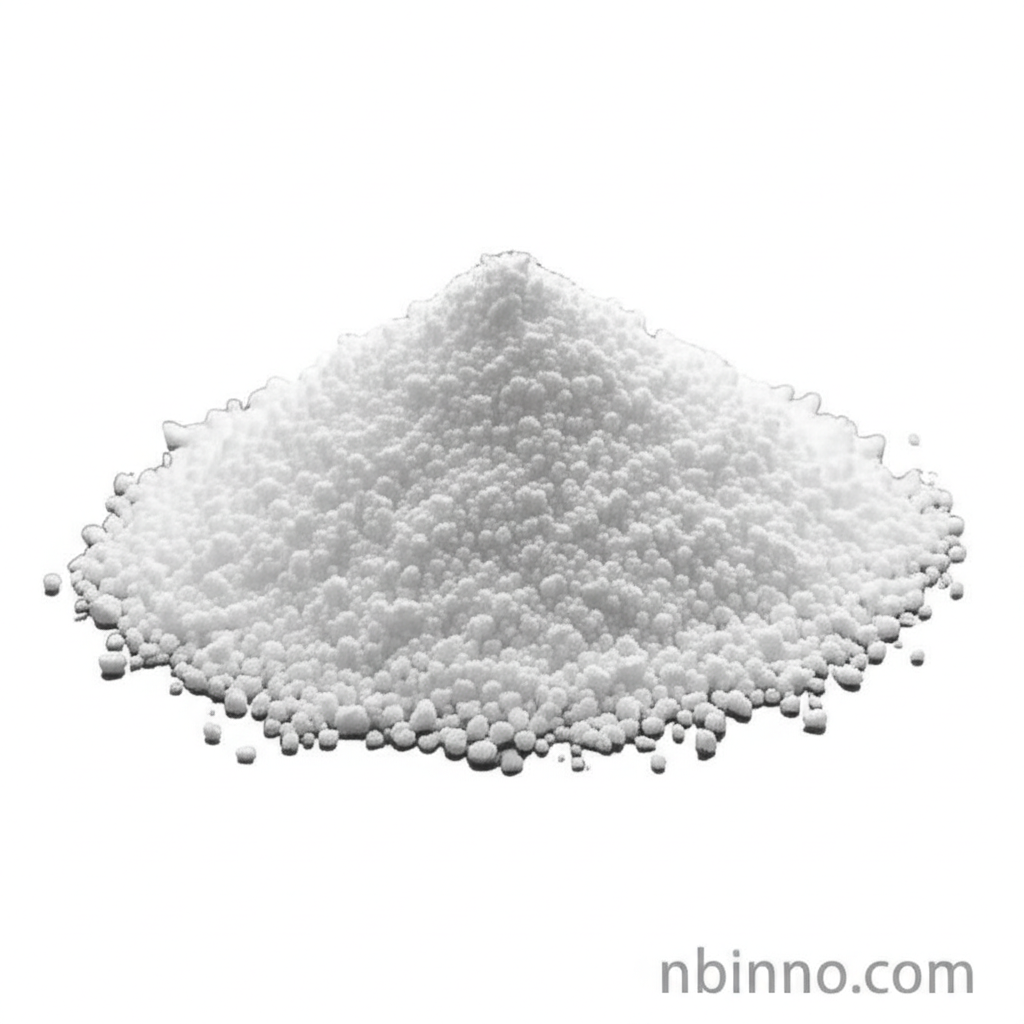High-Efficiency Fast-Dissolving Polyacrylamide Flocculant for Effective Wastewater Treatment
Discover a superior solution for your water treatment needs. Our fast-dissolving polyacrylamide (PAM) flocculant offers exceptional performance in aggregating suspended particles, ensuring clear and treated water for diverse industrial and municipal applications. Partner with a trusted manufacturer and supplier for quality and reliability.
Get a Quote & SampleUnlock Superior Water Clarity with Our Advanced PAM Flocculant

Fast-Dissolving PAM Flocculant
As a leading supplier in China, we offer a high molecular weight polyacrylamide (PAM) flocculant renowned for its exceptional water solubility and flocculation capabilities. This polymer effectively removes suspended solids through adsorption bridging and charge neutralization, providing efficient and eco-friendly wastewater treatment. We ensure consistent quality and reliable supply for your production needs.
- Efficiently treat wastewater with our fast-dissolving polyacrylamide, a key chemical auxiliary for superior performance.
- Purchase high-purity PAM from a reputable manufacturer to improve your water treatment efficiency and reduce operational costs.
- Explore competitive prices for our polyacrylamide, a cost-effective solution for various industrial applications including mining and papermaking.
- Secure a stable supply of this essential water treatment chemical by choosing a trusted supplier.
Key Advantages of Our Polyacrylamide Flocculant
Rapid Dissolution and Ease of Use
Our fast-dissolving PAM formulation ensures quicker preparation times and simpler application, making it an ideal choice for busy industrial settings. This ease of use contributes to more streamlined wastewater treatment processes.
Exceptional Flocculation Performance
Leveraging advanced molecular bridging and charge neutralization mechanisms, this polyacrylamide flocculant effectively aggregates fine particles, leading to rapid settling and significantly improved solid-liquid separation for cleaner water.
Broad pH and Chemical Resistance
Maintain consistent performance across a wide pH range (3-10) and exhibit commendable resistance to salt and acid conditions, making our PAM flocculant a versatile and reliable option for complex water chemistries.
Versatile Applications for Diverse Industries
Industrial Wastewater Treatment
An indispensable solution for processes like sand washing, papermaking, and textile printing and dyeing, efficiently removing suspended solids and improving water clarity.
Municipal Sludge Dewatering
Crucial for municipal sludge dewatering, enhancing the efficiency of solid-liquid separation and reducing the volume of waste.
Mining and Tailings Management
Proves indispensable for settling mining tailings and managing wastewater, optimizing solid-liquid separation processes for better resource utilization.
Enhanced Oil Recovery
Plays a pivotal role in tertiary oil recovery by increasing injected water viscosity, thereby elevating petroleum recovery rates and optimizing extraction processes.
